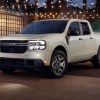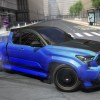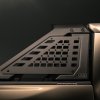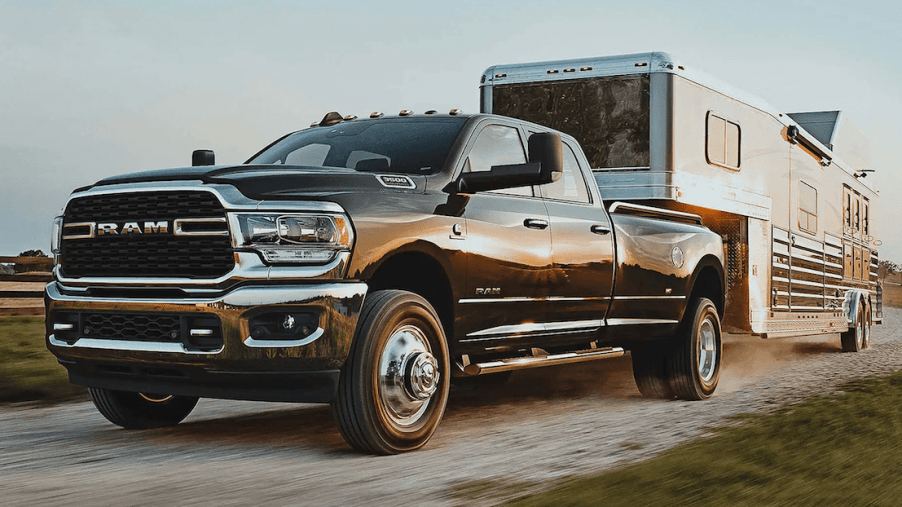
Common Problems: Dana 60/70/80 Rear Axles in Ford GM Ram and Jeep Trucks and SUVs
The Dana-Spicer rear ends found in many Dodge, Ford, GM, International, and Jeep vehicles, are strong and stout for off-road use. They can handle power and weight loads for trucks up to one ton. But despite it being the rear end of choice by truckmakers, they can and do fail. Here are the most common problems with Dana axles.
Are all Dana axles the same?
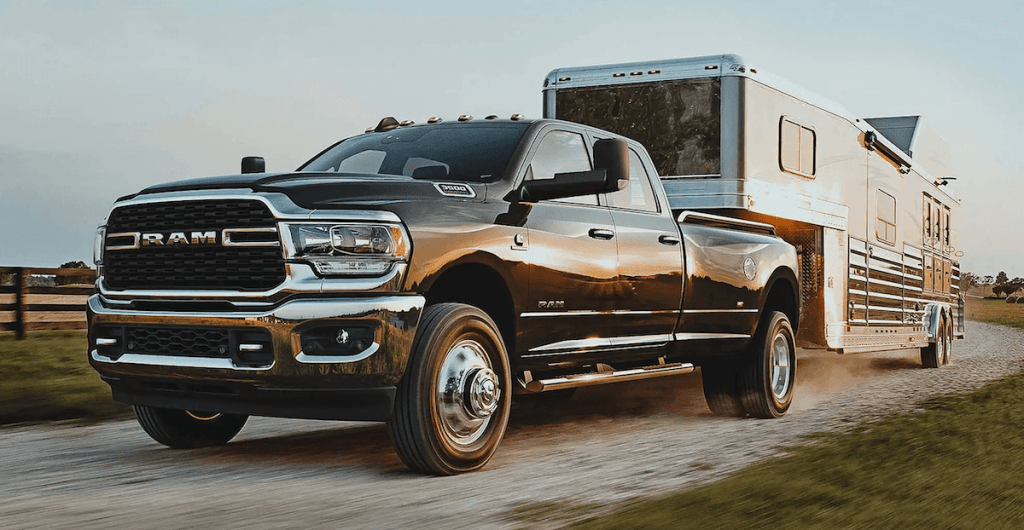
First, there are three main types of Dana-Spicer rear ends, Model 60, 70, and 80. Within those models are subsets with different size bearings, axle tubes, axle splines, etc. For instance, the Dana 70 saw several versions that include the Super 70, 70HD, and 70U/70B.
Generally, the Dana 60 and standard 70 use the same bearings. The Dana 70HD and Model 80 feature larger differential bearings, while the Model 80 has larger pinion bearings than the 60 and 70. According to Torqueking, the biggest problem with these axles is differential bearing wear. Bearings and races will show damaging wear and pitting.
What are some of the common problems with Dana axles?
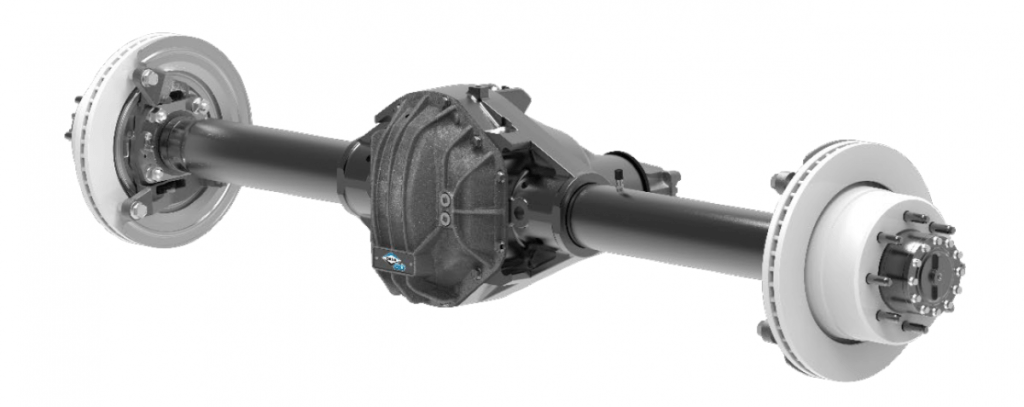
The bearing races are a press fit to the ends of the housing, holding the bearings to the axle shafts themselves. In time, the wear, usually on the driver’s side, allows them to begin slipping on the bearing hub. This causes a chain reaction of torn adjusting shims, changed bearing preload, and the lash between the ring and pinion. All of this leads to axle failure.
Bearing cups on Dana 60 and 70 axles is another potential area causing failures. Wear causes increases in the backlash. Backlash is the minute forward and backward rotation of the ring gear when the pinion gear is locked. It is set using shims between the pinion bearing and pinion shaft.
Should you service your axle even when the manufacturer has no recommendations?
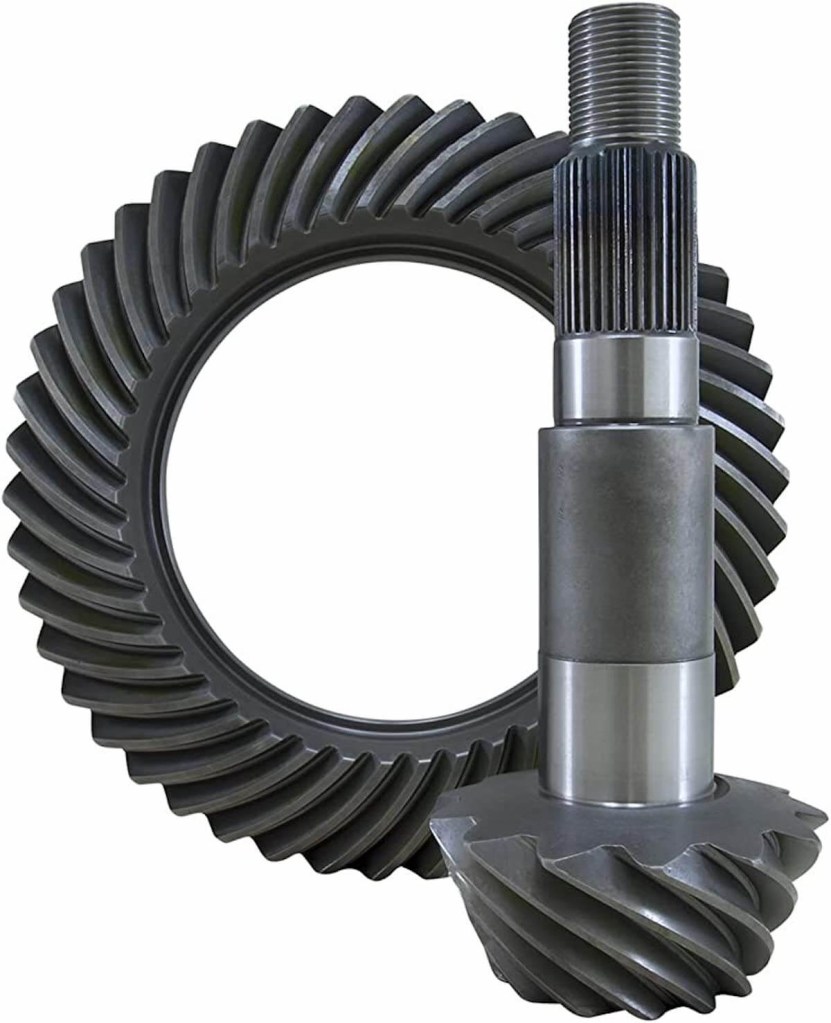
Another issue with bearing cups is that with increased loads applied to the axle, the cups will wear into the housing. This causes them to not properly align, which leads to uneven wear on the bearings. From there, ring and bearing teeth can break. Because the Model 80 uses steel cup spacers, it is uncommon for this to happen to it.
Changing the lubricant in your axle varies. Some manufacturers don’t even mention any changing intervals. Torqueking suggests changing the lube every two years or 30,000 miles at least. Check your manufacturer’s suggested service intervals first. It also recommends for heavy-duty applications that you replace the differential and pinion bearings at 125,000 miles.
Once the axle is open to replace bearings, it is a good time to have the rest of it checked. Have your car repair tech inspect things like clutch packs and thrust washers.
